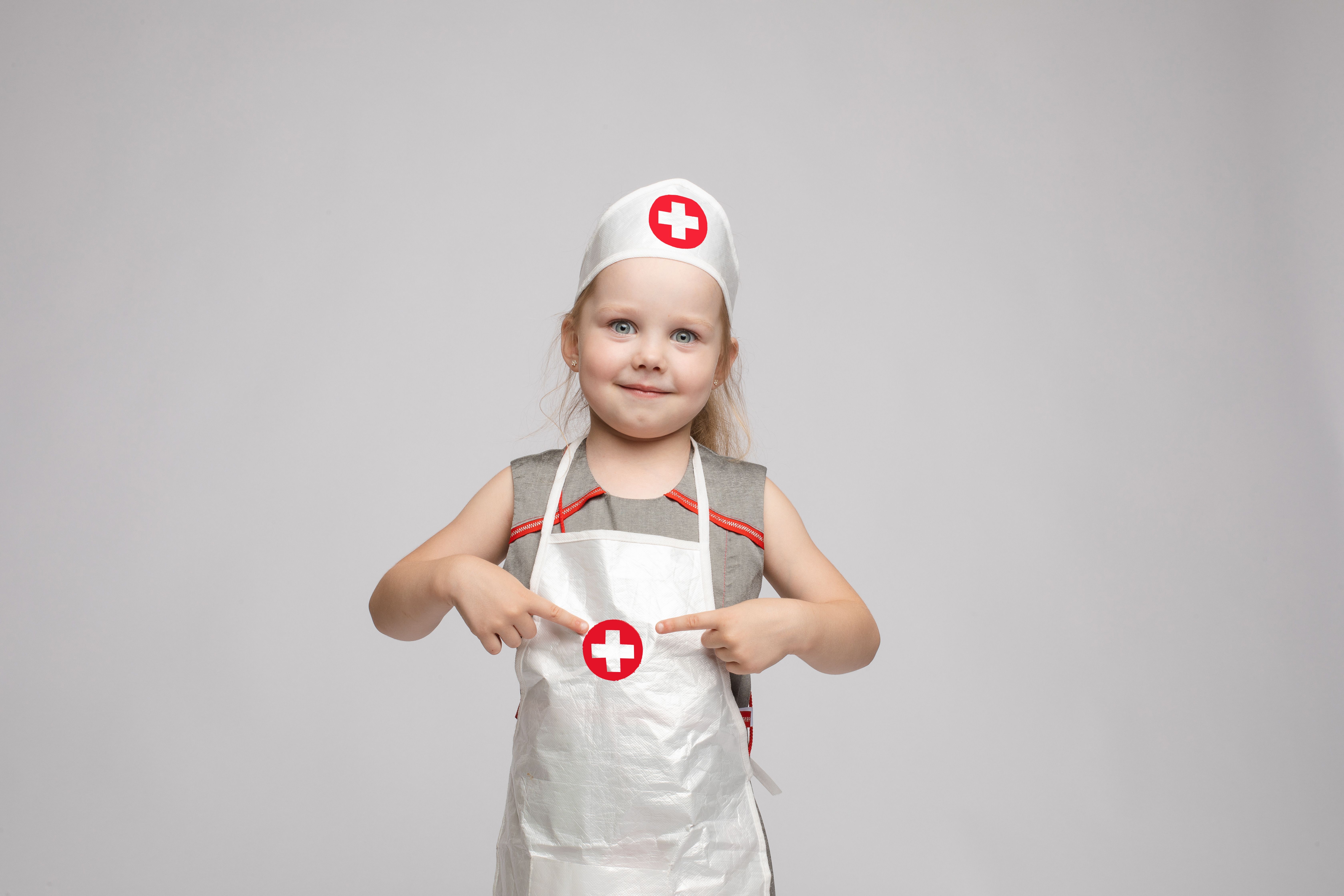
Imagine that a bystander is delivering life-saving care to a person experiencing a sudden cardiac arrest (SCA). You’re probably picturing it’s an adult who’s jumped in to save the day, right?
You wouldn’t be wrong. However, children even as young as 4 years old, can begin learning the skills needed to respond to a SCA – an often fatal medical emergency that occurs when a person’s heart stops beating. In fact, evidence shows that building early awareness in children about what to do in a SCA event is key to driving long-lasting momentum for improved life-saving skills.
An eagerness to learn, and to pass it on
In 2023, the American Heart Association co-authored a scientific statement that found that children are highly motivated to learn life-saving skills and then pass on what they’ve learned. The American Heart Association encourages families and schools to familiarize and train children on skills that are part of the SCA chain of survival, including:
- Recognizing the signs of a person in SCA
- Dialing 911 and communicating with an emergency dispatcher
- Administering CPR
- Using an AED (automated external defibrillator)
According to the American Heart Association, even if a child is too young or too small to perform some of the steps in the SCA chain of survival, such as effective chest compression during CPR, early introduction to the steps sets them on a path to perform them – and others – effectively just a few years later. For example, the organization suggests a 4-year-old who can identify when to call 911 grows into a 10-year-old who may begin to perform effective chest compressions.
Continuous reinforcement throughout the school years is key to educating generations of students and their parents on how to respond to SCA, the American Heart Association finds.
Children can play a critical role – and may have to
Children should be prepared to play a role in the SCA chain of survival because more than 70% of out-of-hospital SCAs occur in the home. A child could be home alone with a parent or grandparent who suffers a SCA. Even if there’s an adult bystander present who’s ready to act, the child can be prepared to assist – perhaps calling 911 and providing key information to the dispatcher while the adult starts CPR.
Let’s dive into some actions your child can take when a loved one experiences a SCA (dependent on child’s age, size, and ability).
1. Recognizing the signs of a person in SCA
Here’s what you should share with your child:
- Make sure the scene around the victim is clear and safe
- Gently shake and talk to the victim loudly to see if they will respond
- Place a hand on their belly to see if it’s moving up and down
If there are no signs of breathing and if the victim is not responding, a SCA has likely occurred.
2. Calling 911
Dialing 911 should be the first step taken when someone in proximity experiences a SCA. Work with your child to stay calm, speak clearly with the dispatcher, and follow these steps:
- Provide their location
- Describe the emergency in a short and simple manner
- Answer any follow-up questions and follow any instructions
- Listen carefully and always ask for clarification if they don’t understand something
3. Performing CPR
While the survival rate for an outside-the-hospital SCA in the US is about 10%, hands-only CPR delivered by a bystander can double or triple it. The chest compressions delivered during CPR help to keep oxygen-rich blood circulating through the body – especially to the brain, heart, and lungs.
If your child is too young or too small to perform an effective chest compression, they can begin to learn hand placement and rhythm for proper CPR.
4. Using an AED
AEDs are key in the SCA chain of survival. Chances of survival increase to 50-74% when immediate defibrillation with an-onsite AED is available.
If your child is too young to use an AED, they can still begin to learn the basics about the device and how it’s used. In time, they can be prepared to use one themselves.
At Starting Hearts, we can provide you with specific training for making a life-saving difference.
Contact us for more information: info@startinghearts.org
Phoebe Caval is a healthcare writer based in California.
